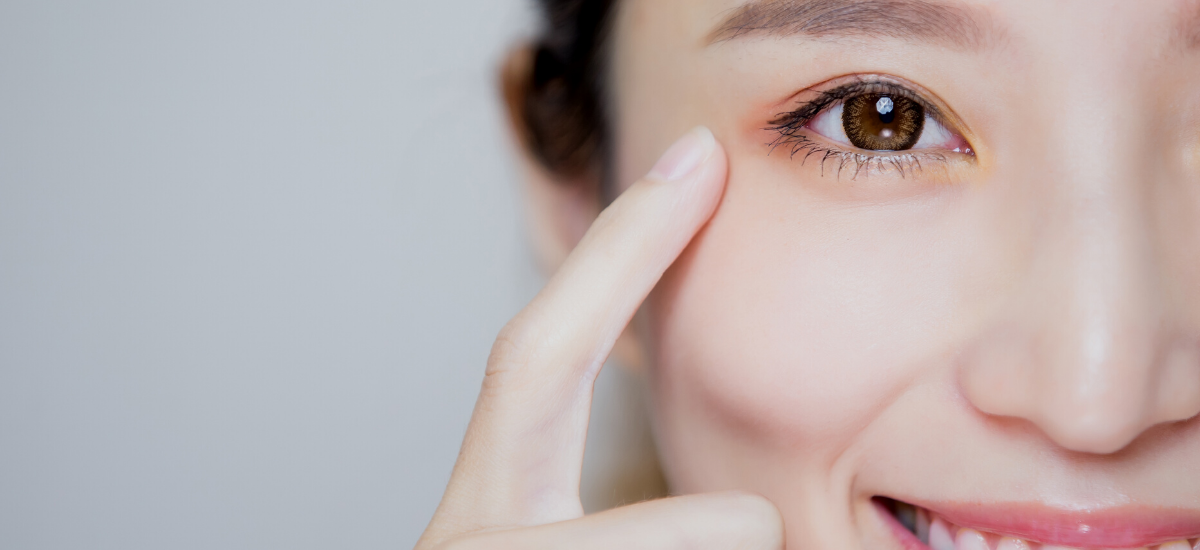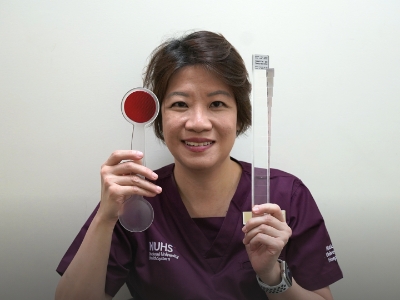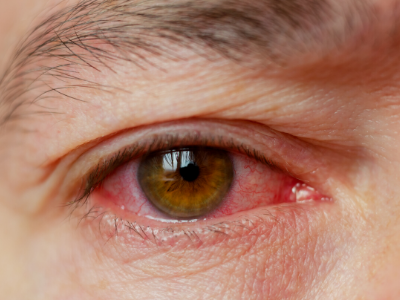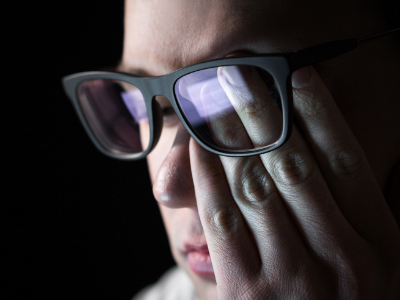Published on 21 March 2022
Living with a global pandemic means that, in all likelihood, our eyes aren’t ranking very high on our list of current health concerns.
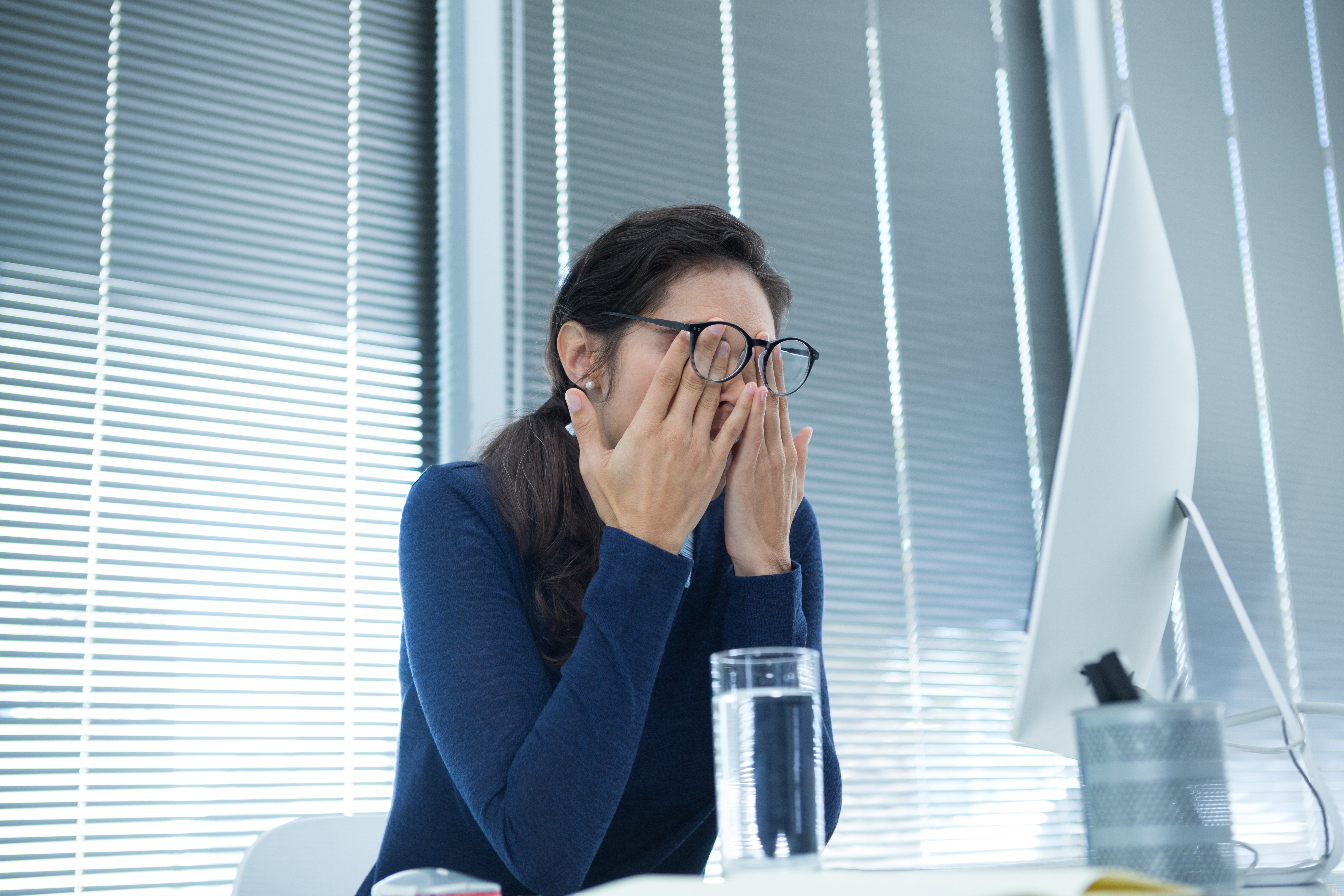
But the reality is that this ‘new normal’ is taking a toll on our eye health – whether we realise it or not, said Dr Loon Seng Chee, Senior Consultant at the National University Hospital’s (NUH) Department of Ophthalmology.
Since the start of the pandemic, ophthalmologists have been noticing increasing reports of dry eye. In June 2020, an American ophthalmologist coined the term ‘mask-associated dry eye’ – or MADE for short.
This is how it happens. When a person wears a face mask and breathes out, air is channelled upwards, out of the top of the face mask, and over the surface of the eye. This movement of air over the eye causes tears to evaporate, leaving the surface of the eye dry.
“So as a result, we get symptoms such as dryness, grittiness, and irritation,” said Dr Loon.
While it can affect anyone, certain groups of people are particularly susceptible to MADE: in particular, the immunocompromised, those with conditions such as Sjogren’s syndrome, the elderly, contact lens wearers, and those who wear masks for prolonged periods of time.
But there are steps we can take to keep MADE at bay, Dr Loon advised.
First, ensure your face mask fits well. “There’s a little metal band at the top of most of our masks – make sure you press it down so that less hot air escapes,” he said.
He added that if symptoms are severe, patients can also consider taping down the top edge of the mask during prolonged wear.
Changes to lifestyle can also help to reduce dry eye: for instance, limiting our time spent in air-conditioned environments, and opting for lubricating drops, which can also help restore moisture in the eyes.
When devices take their toll
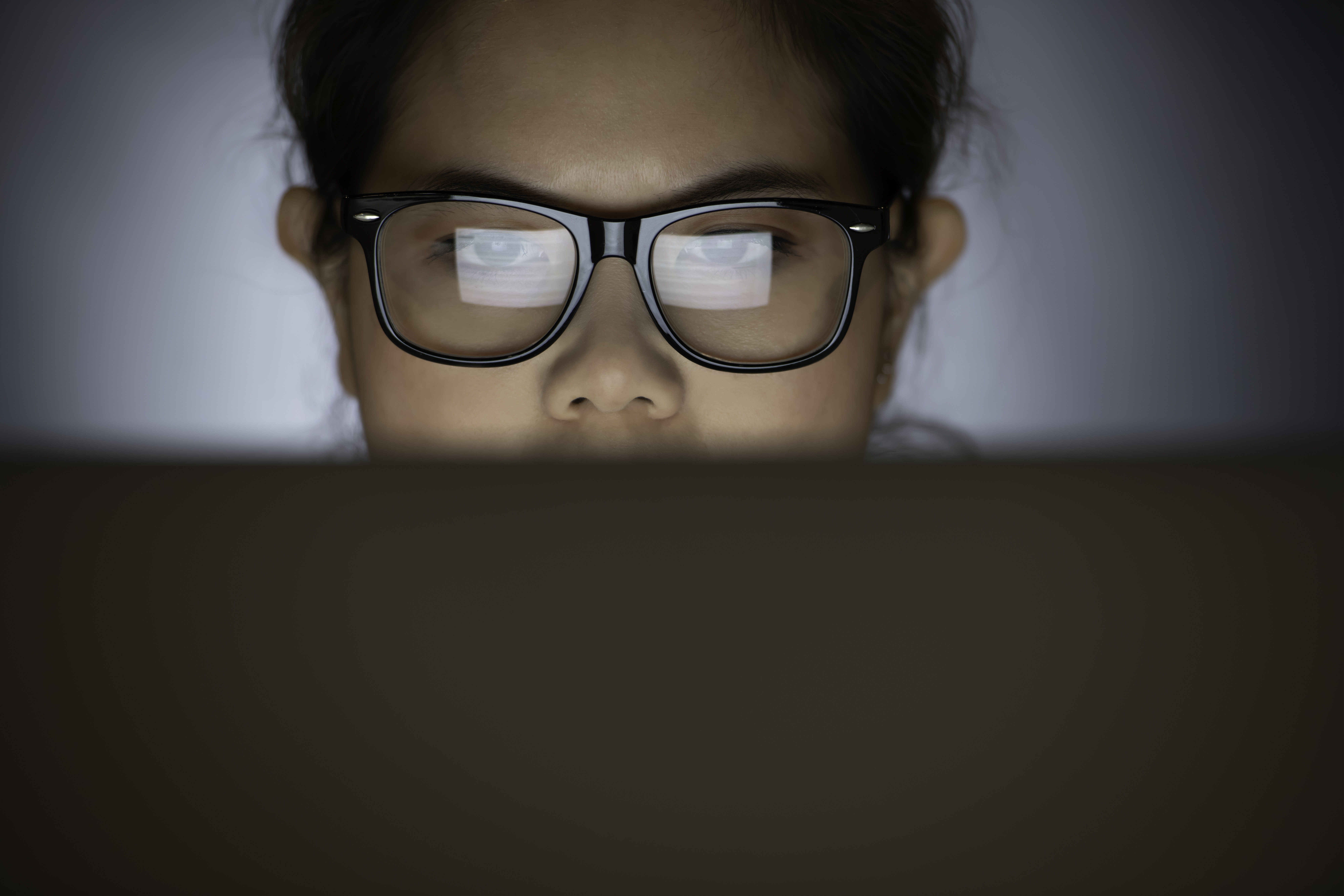
Another major eye-related concern that has emerged out of the pandemic is computer vision syndrome (CVS).
With work-from-home becoming increasingly present in our work lives, screen time has risen drastically, noted Dr Loon. And CVS – a combination of visual and extraocular symptoms, caused by the prolonged use of digital screens – is the result.
One of the most common symptoms of CVS is eye dryness and blurry vision. This happens because when we use our devices, we tend to blink less. This is a problem as blinking helps to moisten the eyes by stimulating tear production.
“A normal human being blinks up to 18 times a minute. But when we use our computers, this is significantly reduced to about a sixth of that – up to three times a minute, when we're using a computer intensely,” explained Dr Loon.
Extended periods of computer use can also affect our ability to focus on near objects, a mechanism known as accommodation. This can result in symptoms such as double vision and fluctuating myopia, where our shortsightedness changes, he added.
But while our instinct may be to look for treatments or therapies to help tackle the ill effects of CVS, “it’s important to realise that many things are not a panacea, where you take a tablet or you do some treatment and immediately it goes away,” said Dr Loon.
Instead, the first step should always be to make changes to our lifestyle. Here are some measures we can take:
When it comes to screens, size matters. Make sure that you’re working on a sufficiently large monitor screen, at least 24 inches wide (laptops aren’t recommended for prolonged usage). Your monitor screen should also be at least 20 inches away from you, and your screen brightness should be at 250 nits or above.
Use reading glasses for close work if necessary – trying to read things from inappropriate distances can cause eye strain. You can also increase the font sizes.
Lighting is important. Use flicker-free LEDs instead of incandescent bulbs, and ensure that ambient lighting isn’t too bright or too dim. Avoid reflective surfaces or harsh lighting that casts shadows.
You don’t need special glasses to counter blue light – research has shown that the dosage emitted by computer screens isn’t sufficient to cause real harm.
Instead, observe the 20-20-20 rule: for every 20 minutes of work, take a 20 second break to look at something at least 20 feet away from you. This helps relax your eye muscles
Spending most of your day in an air-conditioned environment can dry your eyes out. Every once in a while, try to take breaks in places where humidity is a little higher. Alternatively, consider getting a personal humidifier.
If symptoms persist, lubricating drops can help alleviate dry eye by acting as a tear replacement.
There are also more advanced treatments available if tear replacement doesn’t work, Dr Loon added.
Cyclosporine is an anti-inflammatory drug that stimulates tear production. Additional measures include the use of silicone punctal plugs – tiny, removable devices that can be inserted into the tear ducts to prevent moisture from draining from the eye.
However, these methods should only be considered if lifestyle changes do not work, said Dr Loon.
And if symptoms persist or become severe, please consult an eye doctor for advice.

